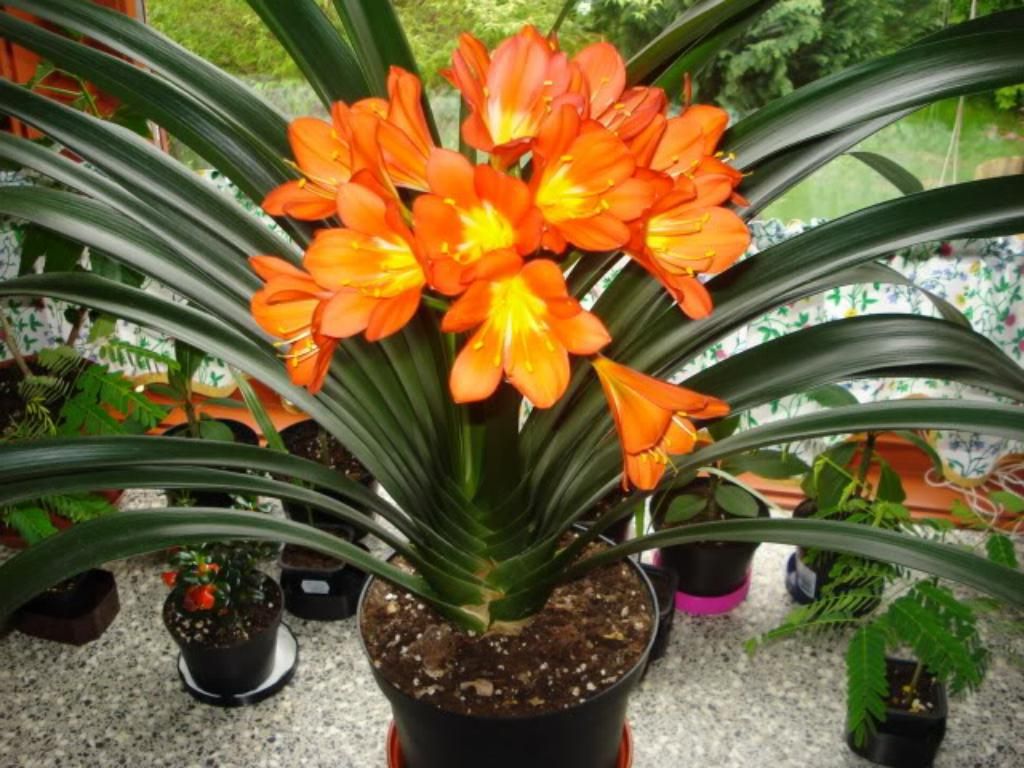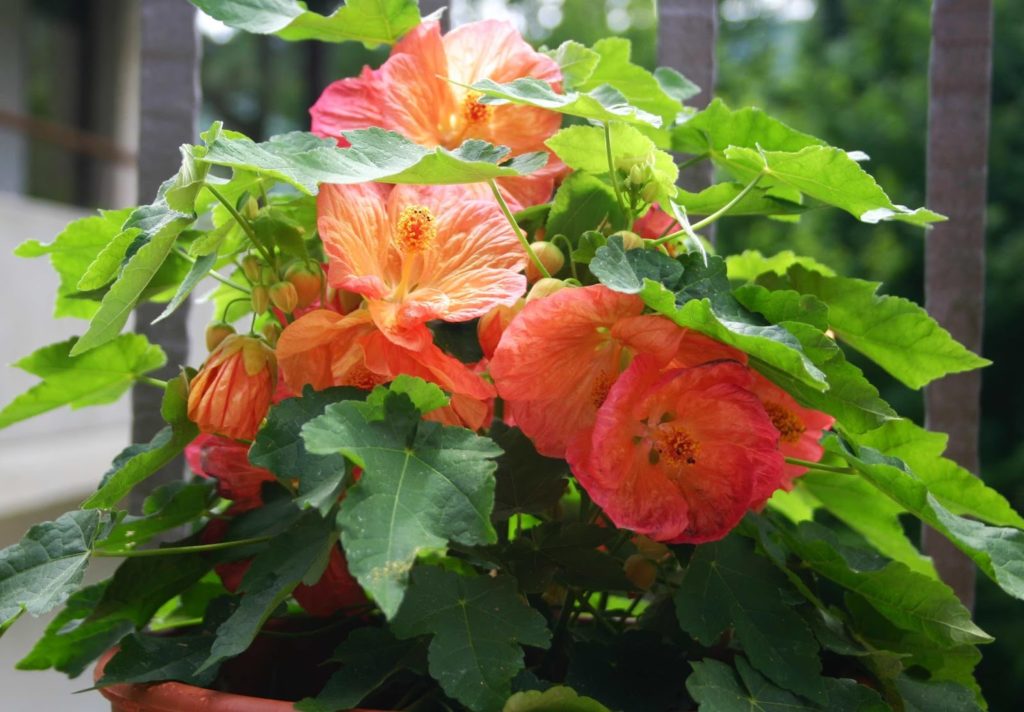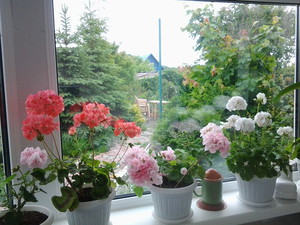Greening an apartment is complicated by the fact that not all indoor plants develop well without bright sunlight. But there are flowers that grow beautifully in shade and partial shade. If the windows of the apartment face the north side, then it is better to choose just such varieties.
Nephrolepis
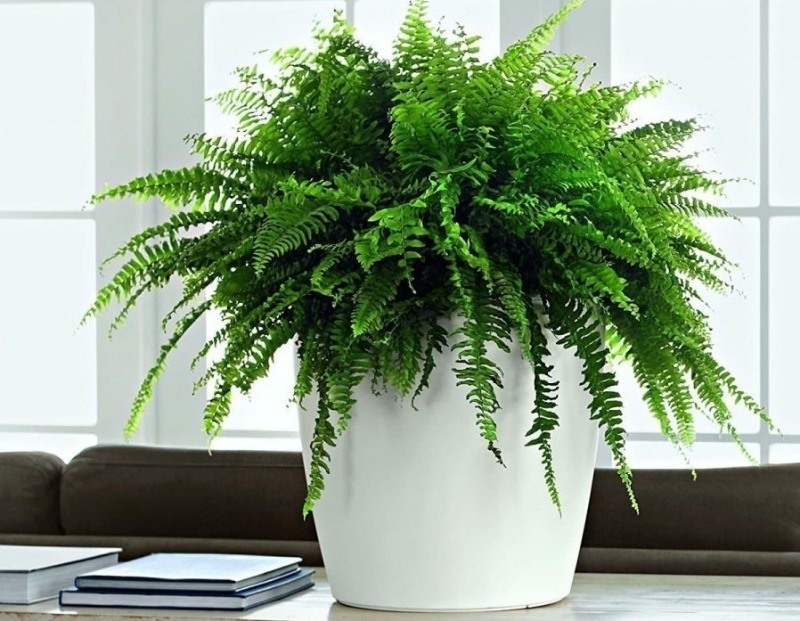
This is the scientific name for indoor fern. In nature, they grow in the shade of large trees, therefore, at home, they do not need bright sunlight.
Ferns are easy to care for. He only needs high humidity and frequent watering, so it is not recommended to put a pot of fern next to batteries. Openwork hanging shoots will become a real home decoration.
Wax ivy
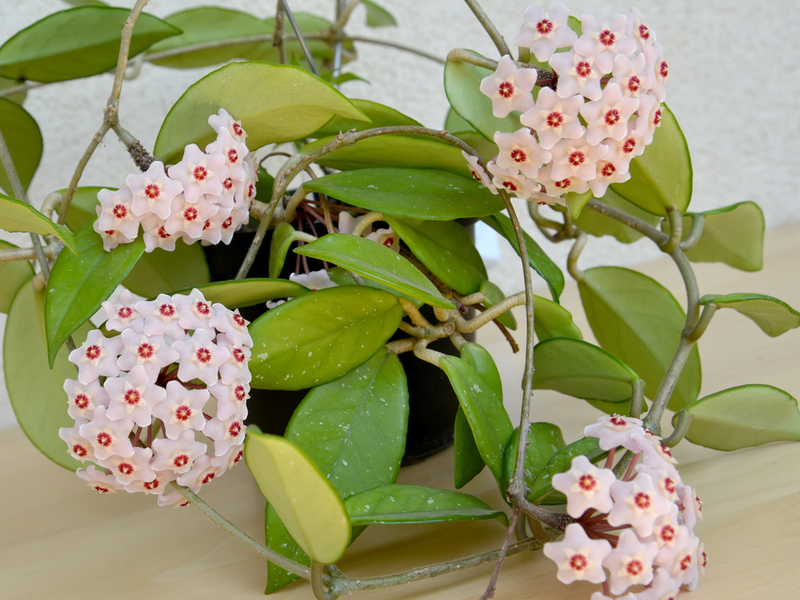
This plant, like the fern, is found in nature at the foot of trees or braids their trunks. Therefore, the culture does not need a high level of illumination. You can place the ivy pot in the back of the room.
In this case, the leaves of the culture must be regularly sprayed. And watering is carried out often so that the topsoil does not dry out.
Sansevieria
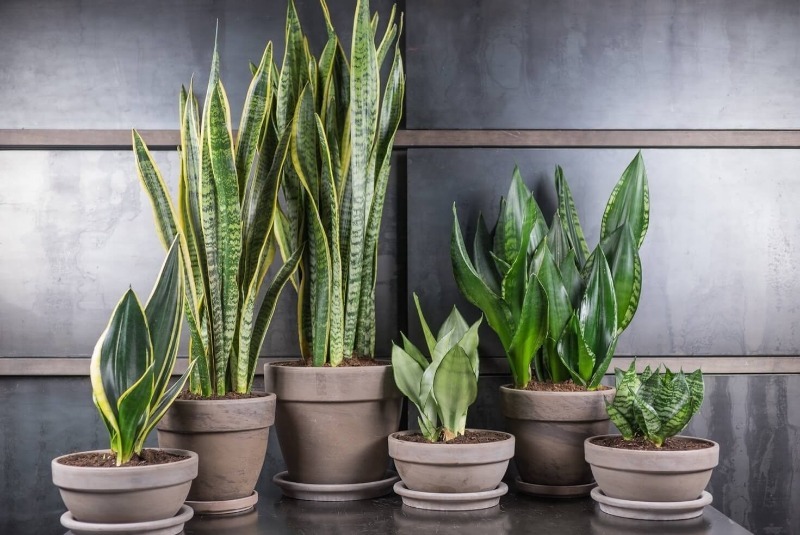
It is a plant with long thin leaves. They are covered with lighter stripes, which increases the decorative effect of the culture. But the main value of sansevieria is its unpretentiousness.
It grows well both in the shade and in the sun. She is not afraid of drafts, dryness or excessive humidity. In watering, sansevieria is also unpretentious, since drying out of the soil will not affect its health. But excessive soil moisture should not be allowed. From this, the roots of culture will begin to rot, and it will perish.
Aspidistra
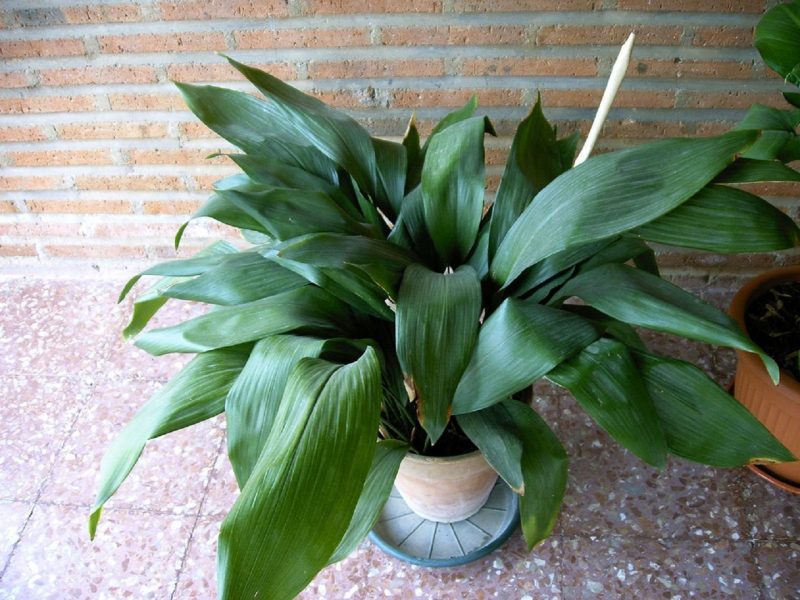
Aspidistra is a popular houseplant. It is prized for its wide, dark green leaves that will help liven up any interior.
The culture is extremely uncritical. She is not harmed by rare or irregular watering, dry air or lack of lighting. However, under the influence of direct sunlight, brown spots (sunburn) appear on the aspidistra, so the pot is placed away from the window.
Aucuba
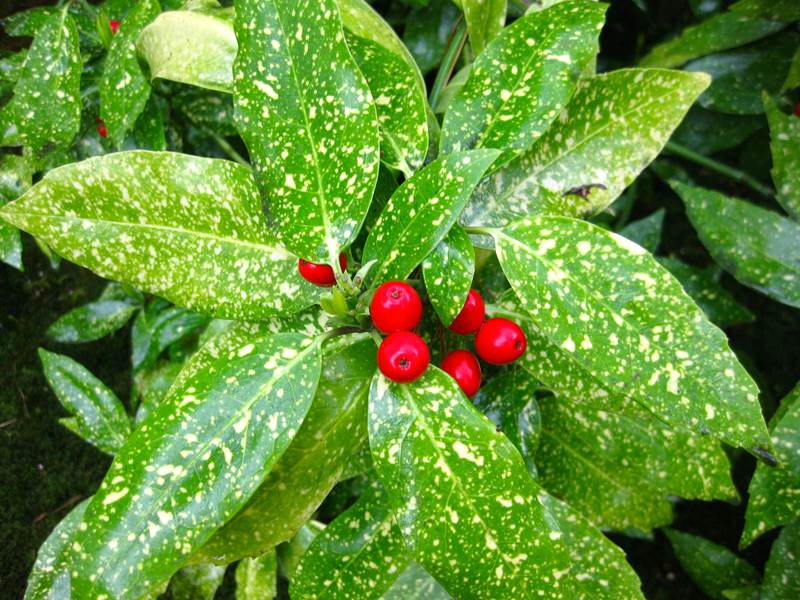
It is also popularly called the "sausage tree". The leaf plates are dark green and covered with yellow spots. Aucuba grows equally well in the sun and in the shade.
But it should be borne in mind that with a large deficit of lighting, the leaves may lose their original pattern. Considering this feature, the pot with the aucuba is placed not on the windowsill, but next to it, so that some of the sun's rays still fall on the flower.
Zamioculcas
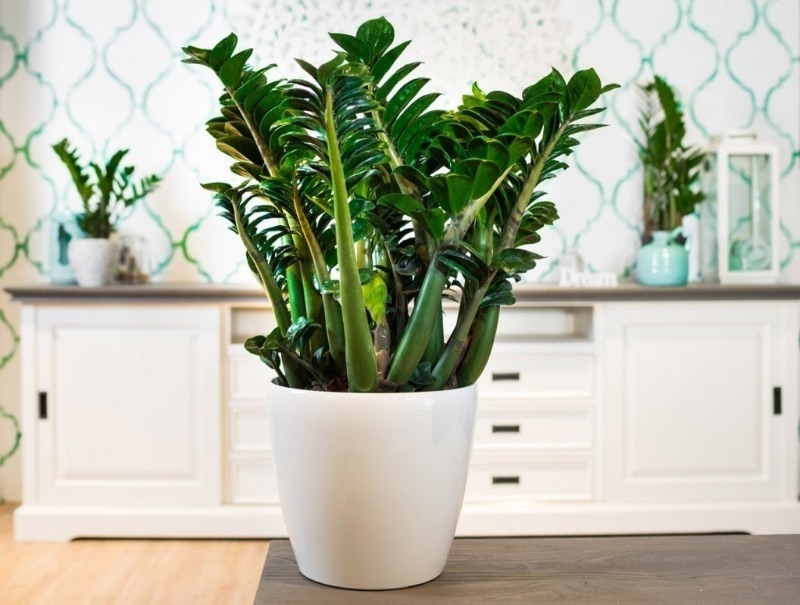
This houseplant is considered the most unpretentious. It is not harmed by direct sunlight or lack of lighting. In addition, the culture tolerates drought normally - the bush simply sheds its leaves, and when watering is resumed, it is covered with young foliage.
Clivia
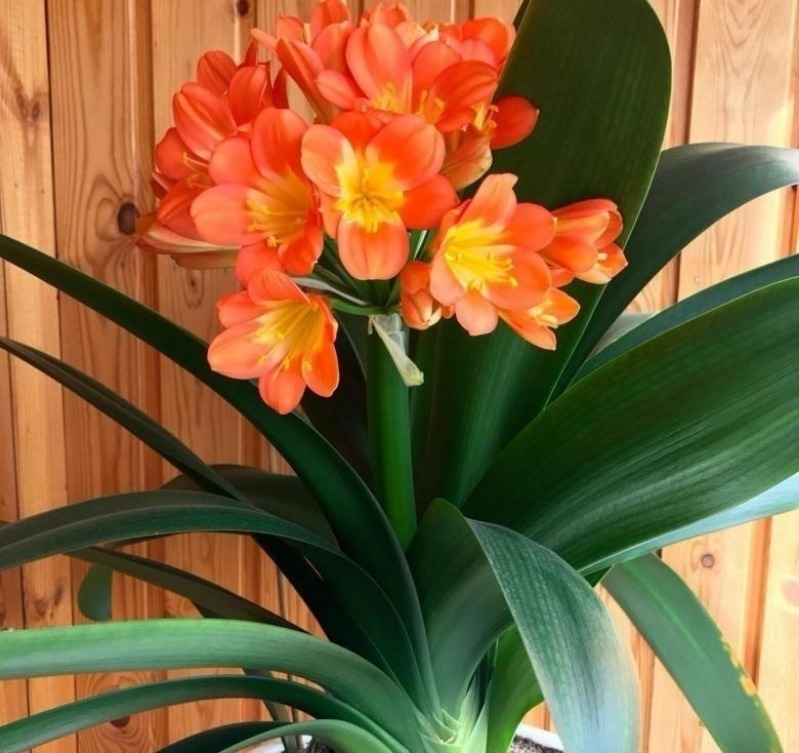
There are few flowering indoor crops that normally tolerate shade. Clivia is considered one of the most popular. It has long, thin, dark green leaves. Although there is no decorative pattern on them, the rich color can revive the interior.
Clivia doesn't like bright sun. Diffused light is preferable for her. At the same time, clivia is unpretentious - it is watered when the top layer of the soil dries up, and once a week the leaves are wiped with a damp cloth. Top dressing is carried out only during the period of awakening after winter.
Blooming clivia is of particular value, but flowers appear only once a year.At first, the culture throws out a long peduncle, on which later bell-shaped inflorescences of red, yellow or orange shades are formed, collected in the likeness of a large ball.
Blehnum

This is a fern species. It has pale green palm-like leaves, collected in a dense rosette. Thanks to this, the culture really looks like a small palm tree.
The plant develops best in partial shade or in diffused lighting. Direct sunlight is contraindicated for the culture, as they leave burns on the leaves. It is better to place the pot on the northern windowsill or at a great distance from the window.
